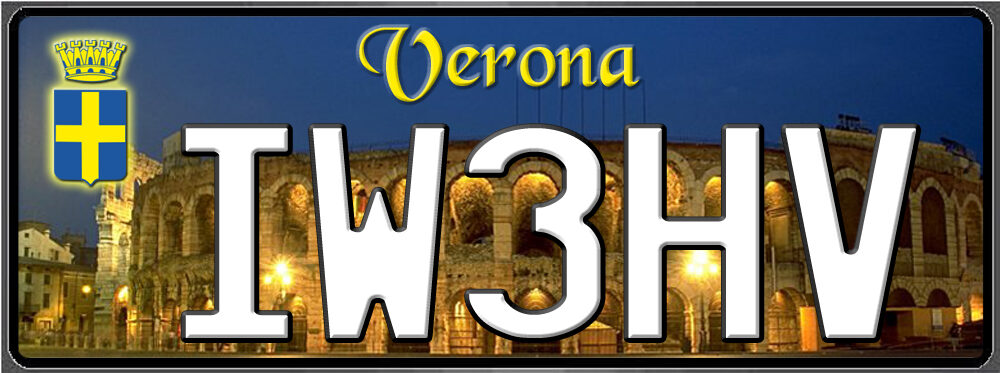UNITED KINGDOM: CHANGES TO THE AMATEUR RADIO LICENSING FRAMEWORK
Ofcom,the United Kingdom’s communications regulator, has made changes to UK amateur radio licenses. The key changes with highest impact on the DX and contesting community are:
° The use of a Regional Secondary Locator (RSL) has become optional. This is the second letter which we use to identify the DXCC Entity (D for the Isle of Man, I for Northern Ireland, J for Jersey, M for Scotland, U for Guernsey, W fo Wales). For holders of an Intermediate Licence with a callsign starting with a 2, the use of an RSL is still mandatory. All other licensees can choose to either continue using an RSL or drop it.
° Stations in England are allowed to use the RSL ‘E’ if they wish to do so.
° Licensees are allowed to add any suffix they want to their callsign, following the ‘slash’ symbol (/), so long as the station remains identifiable.
° Holders of full licenses can now operate 1 kW output on the primary ama-
teur radio bands (up from 400 W).
“The UK DX and contesting community envisage that most stations will continue to use their Regional Secondary Locators”, John Warburton (G4IRN) says.
“However for contests where the DXCC Entity is a multiplier, it is recommended that contest organisers mandate the use of a prefix that identifies their DXCC Entity”.
Ofcom, l’autorità di regolamentazione delle comunicazioni del Regno Unito ha apportato modifiche alle licenze radioamatoriali del Regno Unito. I cambiamenti chiave con il maggiore impatto sul’attività DX e sulla comunità radioamatoriale sono:
- L’utilizzo di un Regional Secondary Locator (RSL) è diventato facoltativo. Questa è la seconda lettera che si usa per identificare l’entità DXCC (D per l’Isola di Man, I per Irlanda del Nord, J per Jersey, M per Scozia, U per Guernsey, W per il Galles). Per i titolari di Licenza Intermedia che inizia con 2, l’uso di una RSL è ancora obbligatorio. Tutti gli altri patentati possono scegliere di continuare a utilizzare una RSL o di abbandonarla.
- Le stazioni in Inghilterra possono utilizzare la RSL ‘E’ se lo desiderano.
- I licenziatari possono aggiungere qualsiasi suffisso desiderino al proprio nominativo, utilizzando la “barra” (/), finché la stazione rimane identificabile.
- I titolari di licenze complete possono ora utilizzare 1 kW di uscita sulle bande radioamatoriali primarie (prima il linite era di 400 W).
“I DXer britannici e la comunità degli appasionati di contest prevedono che la maggior parte delle stazioni continueranno a utilizzare i loro localizzatori secondari regionali”, afferma John Warburton (G4IRN).
“Tuttavia, per i concorsi in cui l’entità DXCC è un moltiplicatore, si raccomanda agli organizzatori del concorso di imporre l’uso di un prefisso che identifichi la loro entità DXCC”.
by 425 DX News #1712
Statement: Updating the amateur radio licensing framework (Ofcom)

Be the first to leave a reply